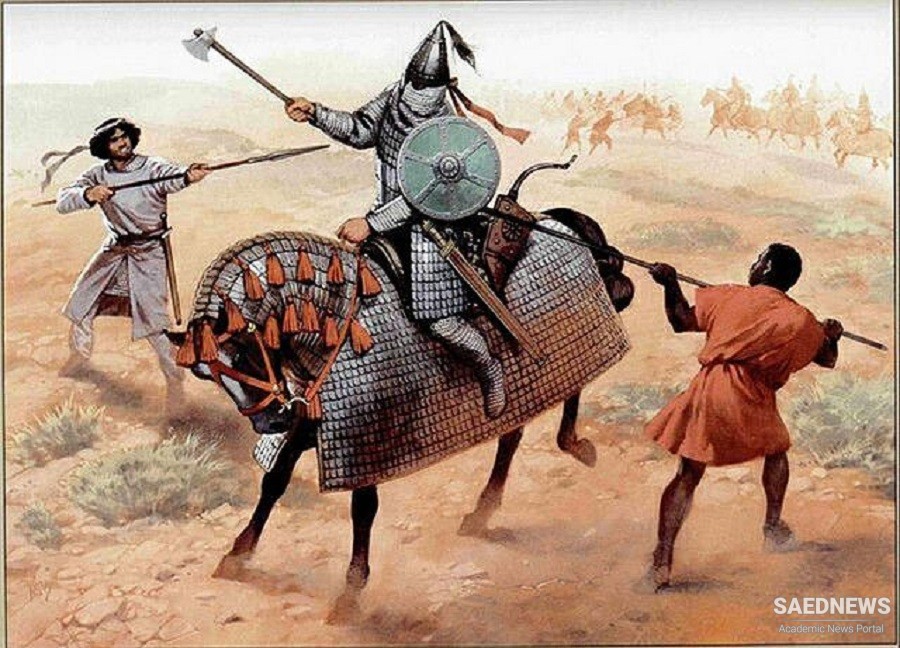Although the conquerors, especially the Umayyads (the Muslim rulers who succeeded Mohammad from 661-750), tended to stress the primacy of Arabs among Muslims, the Iranians were gradually integrated into the new community. The Muslim conquerors adopted the Sassanid coinage system and many Sassanid administrative practices, including the office of vizier, or minister, and the divan, a bureau or register for controlling state revenue and expenditure that became a characteristic of administration throughout Muslim lands. Later caliphs adopted Iranian court ceremonial practices and the trappings of Sassanid monarchy. Men of Iranian origin served as administrators after the conquest, and Iranians contributed significantly to all branches of Islamic learning, including philology, literature, history, geography, jurisprudence, philosophy, medicine, and the sciences (Source: ICS).


 Earlier Islamic Age in Iran: Arrival of Islam to Persia
Earlier Islamic Age in Iran: Arrival of Islam to Persia














































